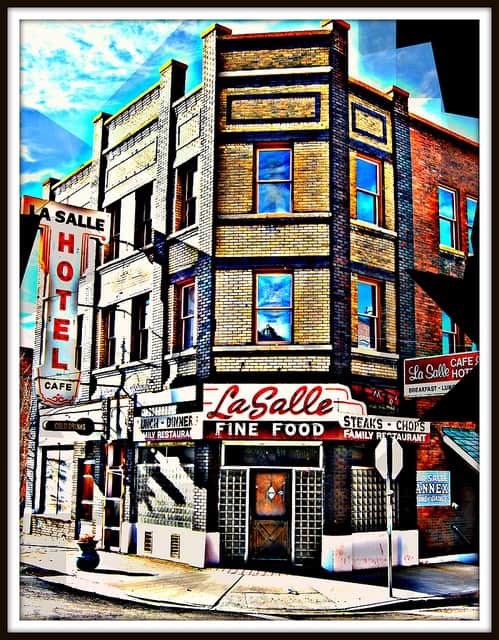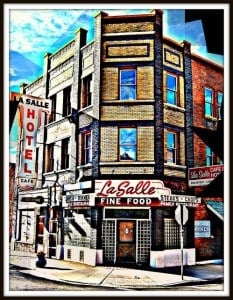I come from a long line of storytellers, birthed from the dusty boots of coal mining Croatian immigrants. Those who hear these stories might think that the transplant home of the Biegler/Star family, Helper, Utah, is paradise. Story after story after story relates Helper as beautiful, as vibrant, as cultured and busy. Helper is, in short, the seat and source of many good memories. My own visits, though, to Carbon County, Utah, painted a different picture. In my experience, Helper is hot, empty and slow. Familial stories of Southeastern Utah are noteworthy; my experiences of Southeastern Utah..not so much (sorry, Grandma). It makes you wonder which is the reality, the stories told of the place, or my memory of it?
My own expression of storytelling has found a home in the dramatic arts. So I appreciated this recent article in The Guardian by British director Tim Crouch, who considered novelist David Shields’s insight that “Every artistic movement from the beginning of time is an attempt to figure out a way to smuggle more of what the artist thinks is reality into the work of art,” and relates the unique opportunity theatrical narratives have in portraying sentiment, feeling and belief (things that are very real) inside of a play (something whose particularities are not), to the games of imagination – and memory – that children play:
Art’s power is its ability to contain the idea of one thing inside something else. If we work too hard to make everything look like the thing we say it is, then we’re also removing any sense of the game of art. A game that is so effortlessly played by young children who need no figurative support to make their play real.
Perhaps, in theatre, the game is bigger, freer and more accommodating than we imagine. In my play there are children as children and there are children as animals. There is an animal as an animal. There are objects pretending to be other objects, light pretending to be other light, a set pretending to be another set, an actor pretending to be another actor. And a kiss. A real kiss.
I wonder, as you read the article, if it also strikes you that like theater, storytelling can afford an opportunity to contain “the idea of one thing inside something else.” Within theater, unreal or surreal words, props, sets and costumes carry a reality of the artist inside of them, and the particularities of the story are far less important than the message. True, not all moments of Helper, Utah were as busy, vibrant or cultured as those offered in Biegler stories. But the sentiment of love for a homeland is very real. The memory of joy experienced, of life lived, of friends and family loved are real, and communicated in each story.
We all have a chance to share reality in the stories we share, and experience real joy from telling them – even when the memories have a few more warts than the story. In our storytelling, what we lack in a perfect recollection, we make up for in a love that moves us to gratitude. It seems to me that within the stories of Helper, Utah my family has done great justice to storytelling. Not by honing an art that demands perfection or precision, but by focusing on a sentiment, a feeling, a reality: love.
******
La Salle Hotel, Helper, Utah image couresty flickr user Loco Steve, found here.



